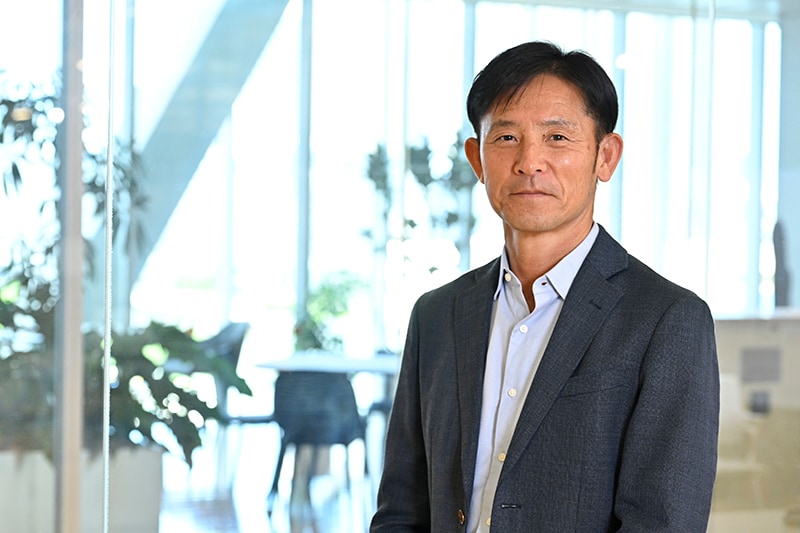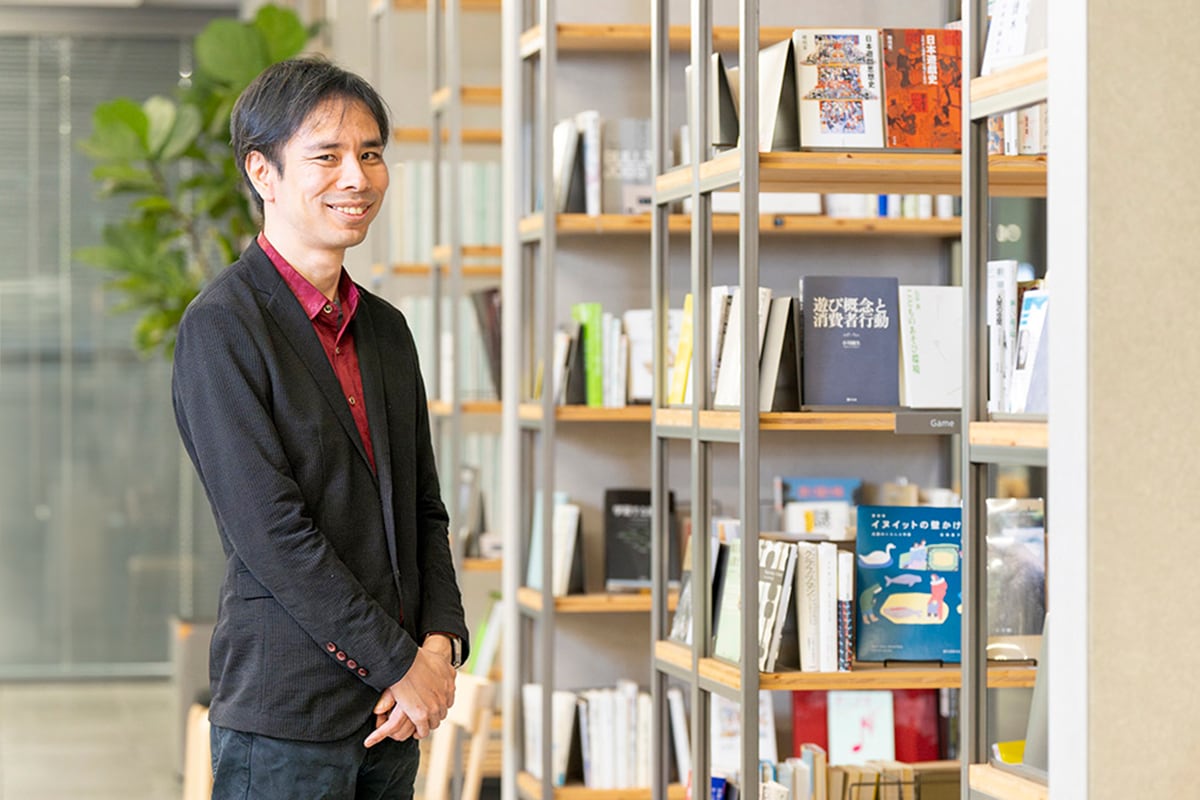People
Sony Entertainment Technology Showcase
Round-Table Discussion
Getting Closer to Creators in Los Angeles,
the Hub of the Entertainment Community
Oct 31, 2023

The Sony Entertainment Technology Showcase (SETS), a new event designed to internally showcase the Sony Group’s technologies, was held in Culver City, US, in August 2023. Aimed specifically at employees and creators in the entertainment industry, SETS seeks to foster a creator community within the Sony Group. After the event, we gathered a group of the exhibitors and speakers who participated and interviewed them about their experiences at SETS.
Profile
-
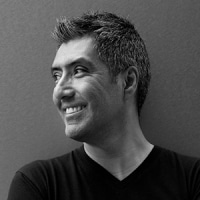
Daniel De La Rosa
Technology Development
Sony Pictures Entertainment
Role at SETS: Organizer, conference moderator -

Victoria Dorn
Software Engineering
Sony Interactive Entertainment
Role at SETS: Exhibitor -
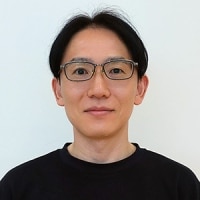
Yota Komoriya
Technology Development Laboratories
Sony Corporation
Role at SETS: Exhibitor, panelist
-
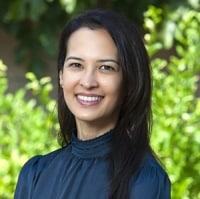
Thaisa Yamamura
XR Business Development
Sony Electronics Inc.
Role at SETS: Exhibitor, panelist -

Joohye Yoon
Corporate DX, US Data Tech Team
Sony Corporation of America
Role at SETS: Exhibitor -
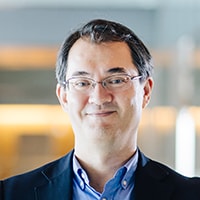
Allan Sumiyama
Corporate Technology Strategy Div.
Sony Group Corporation
Role at SETS: Project management lead
Sony Entertainment Technology Showcase Los Angeles Sizzle video
A valuable opportunity for networking and feedback
──Allan Sumiyama (Modelator): Good afternoon, everyone. As you know, SETS-LA was our first attempt at a Group-wide technology event that focused on the entertainment business. I’d like to thank each of you for exhibiting and contributing to its success. What was your overall experience of the event?
Thaisa Yamamura:It was a valuable opportunity to connect with attendees from other parts of Sony and to explore the company’s diverse technologies. We gained a lot of insights on how to integrate other technologies into our products and collaborate across Sony for innovative use cases.
Victoria Dorn:Yes, the networking aspect was excellent. One of the nice parts about holding it in Los Angeles was that I could bring my team to help with the demo, and they could also meet new people within the Group. The first step to collaboration is just having that connection and knowing what other people are working on, right?
Joohye Yoon:I agree. Our project team has already participated in several conferences and technical showcases, such as STEF, but SETS-LA was more focused on the entertainment industry, so we were able to have some really constructive conversations.
Yota Komoriya:Yes, as Joohye mentioned, we were at STEF, which was much larger. However, the smaller scale of SETS – and the laidback west coast atmosphere – meant that we could spend more time chatting to visitors, introducing our technologies, and getting direct feedback from people in the entertainment industry.
Daniel De La Rosa:I’m a big fan of STEF and the magnitude of the event, but there are also people who can’t travel to Japan, so I’m really happy that we could launch SETS this year and give them exposure to a curated set of exhibits for the entertainment space.
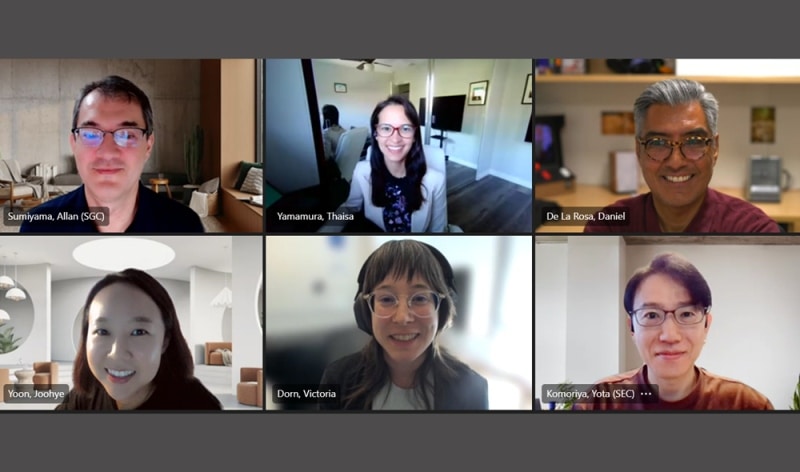
──Sumiyama: You were involved in the organization, weren’t you, Daniel?
De La Rosa:That’s right. It was very exciting to help plan this event, and since it took place in our own studio, I was looking forward to seeing what the reception would be like. We had a huge number of people come through for the experience, so I’m really pleased with the outcome.
Many people from Sony Pictures just couldn’t believe the depth and breadth of the different technologies that the Sony Group is working on. They didn’t know, for example, that we’re working in the aroma space or emotional feedback. I guess the key challenge is trying to get the employee base here better acquainted with the technologies. It was gratifying to witness those light bulb moments when people saw practical demonstrations and really understood the concepts for the first time.
Komoriya:Definitely. And the creators grasped the ideas behind our research more quickly than I anticipated. When I explained the scientific basis and practical applications of our work, they immediately considered its applications in entertainment and content creation. We received overwhelmingly positive feedback and strong support for our ideas, so that was very encouraging.
Fresh perspectives and insights
──Sumiyama: All of you mentioned networking and feedback. Could you elaborate a bit more on that?
Yamamura:We originally had a roadmap of features that we wanted to include. Nevertheless, following conversations with various individuals during SETS-LA, we opted to reassess our list and revise the priority of certain features. As an illustration, we had initially planned to introduce a specific plugin at a later stage, but upon realizing the extensive use of that program among creators for their design work, we decided to elevate its priority.
Dorn:We invited some of the PlayStation Studios audio teams for demos. Many of them are based in Southern California, so it’s challenging for us to have face-to-face meetings when we’re in the northern part of the state.
It was also great to connect with some of the other teams working on audio technologies. We’re working on spatial audio, so it was fascinating to hear their perspectives on that technology and to throw ideas back and forth. We’re in the video game industry, which is very different from linear media, and we don’t always get as much opportunity as we would like to connect with folks in the non-interactive media space.
──Sumiyama: Joohye and Yota, I understand that you two work in similar fields and exhibited jointly, but you weren’t in contact before SETS, right? What was your experience of working together?
Komoriya:We started having discussions in April when I visited the US. As you mentioned, we work in similar fields, but we have very different approaches. Joohye’s team is working on implementation of current technologies, and we are doing research for future technologies, so we needed to get to know each other and discuss the details. In that sense, it was very good for collaboration purposes. Wouldn’t you say, Joohye?
Yoon:Yes, absolutely. While we may have different approaches, I believe we share the same vision and goal. By working together, we could create a seamless narrative to showcase our technology at SETS, and I think this collaboration will accelerate our future discussions.
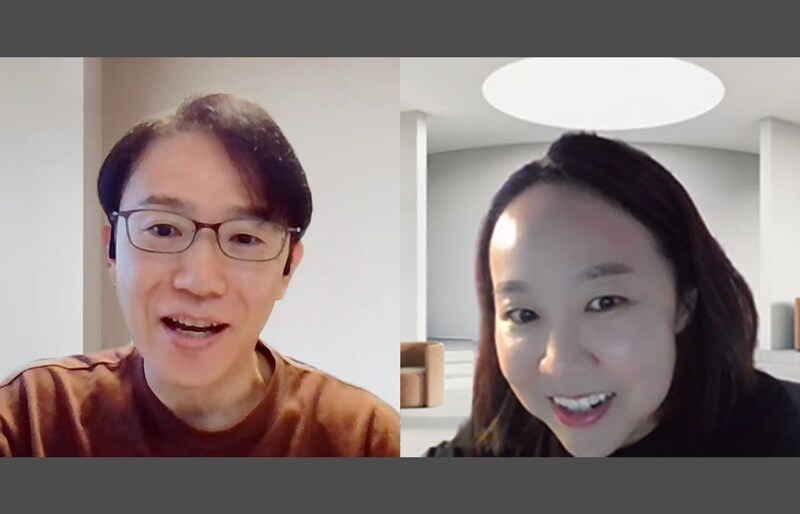
──Sumiyama: Thaisa, you were both an exhibitor and a panelist. What do you think were the advantages of that?
Yamamura:Well, apart from learning a lot from the other panelists, the session was also an excellent opportunity to direct people to our booth afterwards. Some of the products we’re working on, like the glasses-free 3D, really need to be experienced to be fully appreciated. The depth of immersion this technology offers becomes evident only when you’ve had the opportunity to try it for yourself. Consequently, I believe I kept our team quite busy with demos and inquiries following the session .
Empowering content creators
──Sumiyama: That’s great to hear! What would you say is the best way for visitors to take advantage of SETS? Do you have any advice?
De La Rosa:I told my people that the point of this event wasn’t just to see the technology but also to ask questions and offer up ideas about what they need in terms of their day-to-day work. Like, pain points or challenges that could potentially be addressed by a certain technology. So, I definitely pushed a lot of my invitees to be curious and ask questions.
Dorn:Yes, I’d like to echo Daniel’s thoughts there. Attendees should try to introduce their problems to the exhibitors, especially with regard to technologies that they’re using or might use in the future. Even if you can’t go into explicit detail about your work, hearing about these issues really helps us on the engineering side to better tailor our content to users. Because that’s what we’re here for, right? To empower content creators.
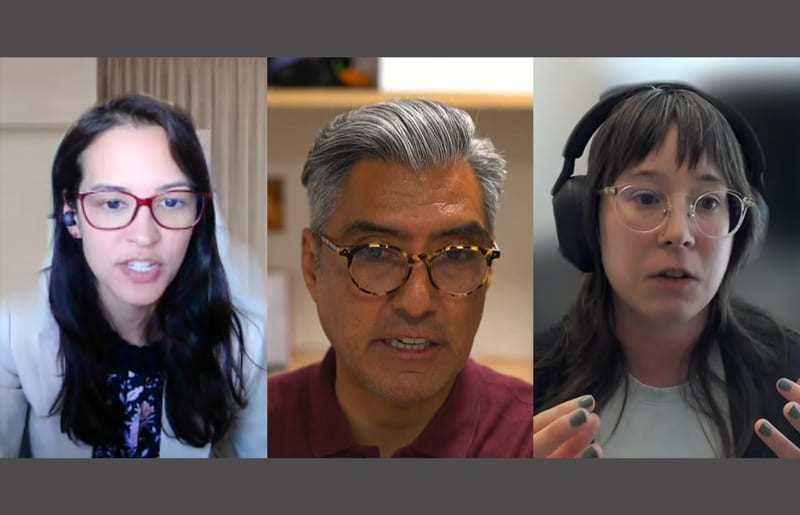
Building on success
──Sumiyama: Would all of you like to exhibit at the next SETS? How would you like to see the event evolve in the future?
De La Rosa:Yeah, I would love to do another SETS. I don’t know what the right frequency is, whether it’s every year, or every other year, but this year was nice because it was right on the heels of SIGGRAPH, so a lot of people were already in town for that.
As for how it could evolve, it might be interesting if we could go in the opposite direction in terms of information flow. So, maybe give the engineers a bit of understanding about the entertainment industry. I think that would nicely close the feedback loop.
Yamamura:It was a very intense three days, but I would definitely do it again. I would’ve liked more time to see the other sessions. We were just a small team at our booth, and we ended up being so busy that we couldn’t have enough time to check out other technologies or get into deeper discussions during the conference.
Yoon:I think that next time, I’d like to prepare more strategies to follow up with visitors who are interested in our technologies. We did end up making a guest list, but that was an on-the-spot solution. Next time, I’d like to be more proactive about starting discussions and following up.
Dorn:We would love to exhibit again at the next SETS event. Just seeing the reactions to our demo and getting feedback from folks helped me to think of new ideas. It might also be nice to do mini-SETS that are more focused. For example, bringing in creators from a specific area and getting targeted feedback from them.
Komoriya:We would also love to exhibit at the next SETS. It was a great chance to build direct connections with the entertainment industry. Of course, it will depend on the timing and other factors, since it is a little difficult to bring all of our equipment from Japan. But I think many members of the R&D teams would love to exhibit.
Sumiyama:Thank you for your feedback, everyone!

